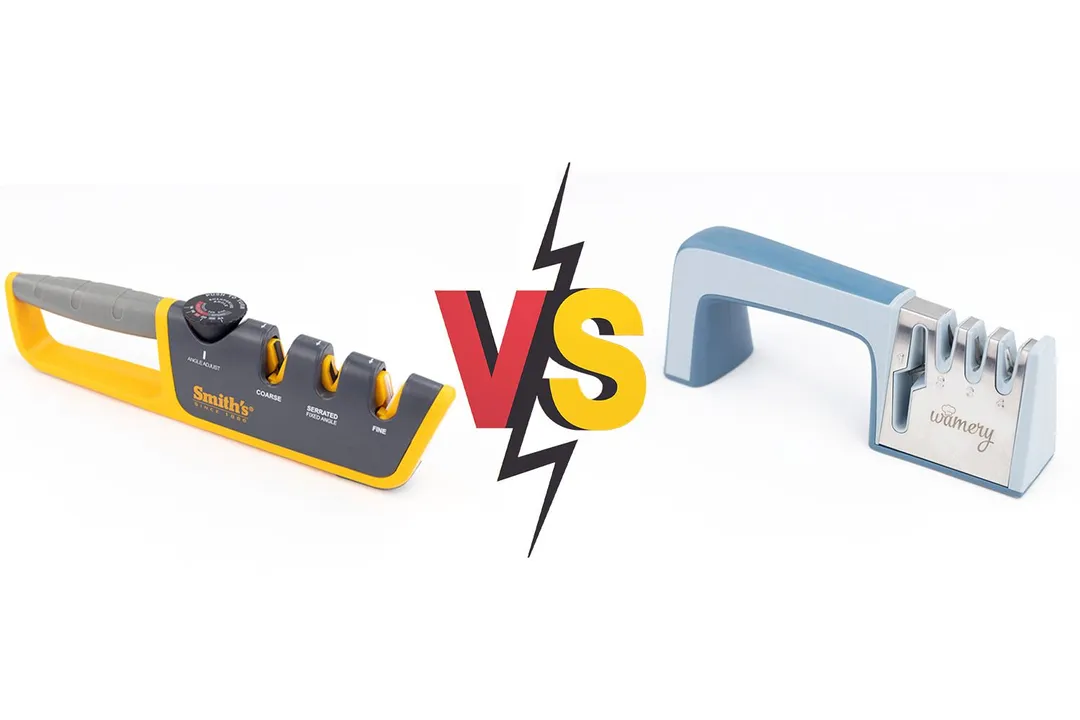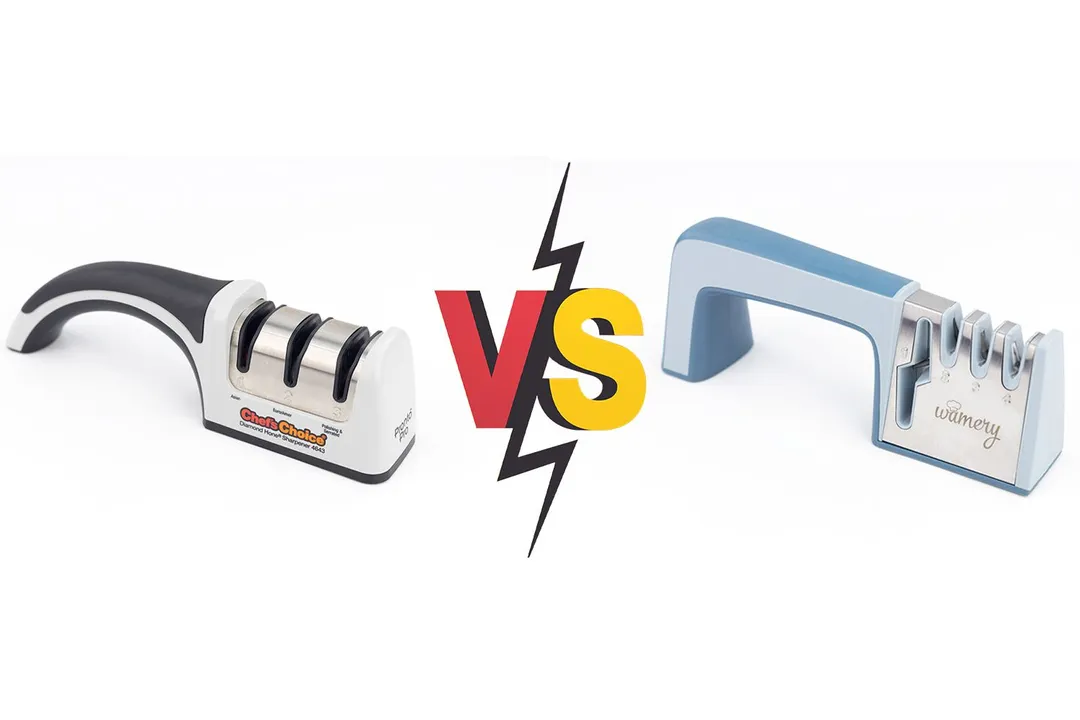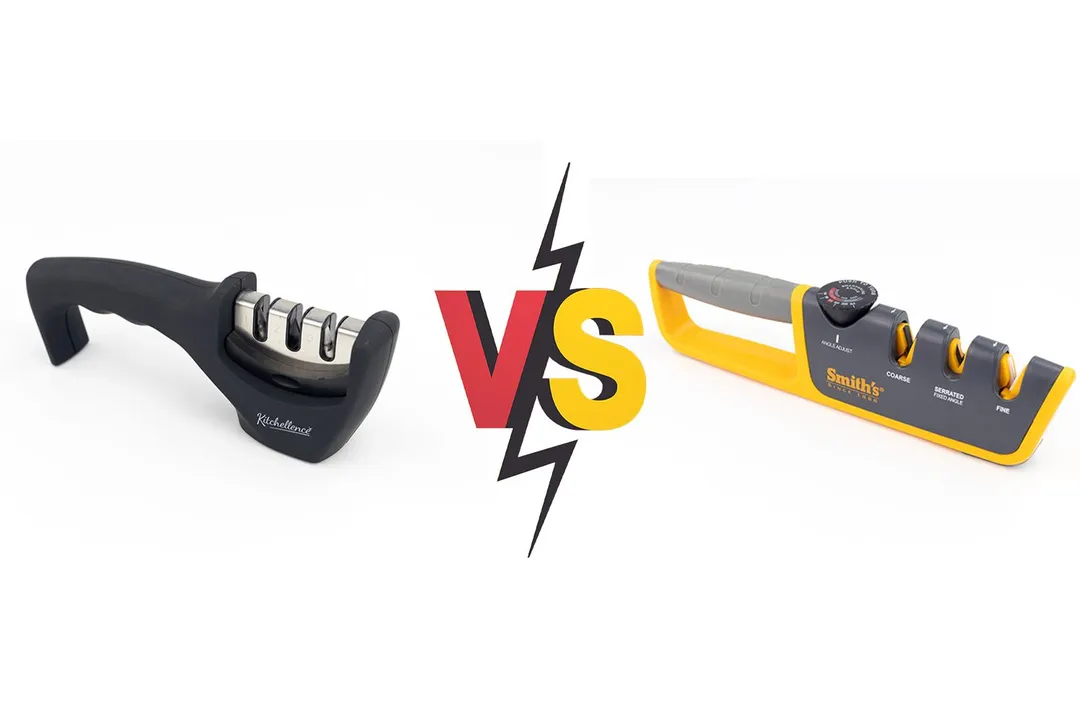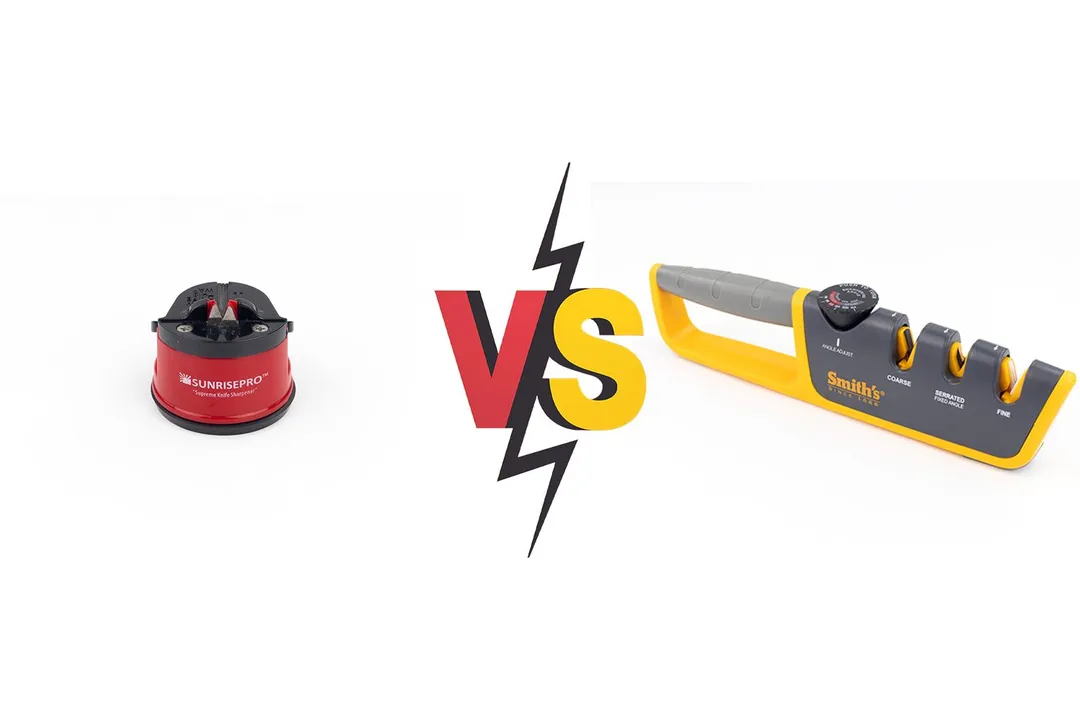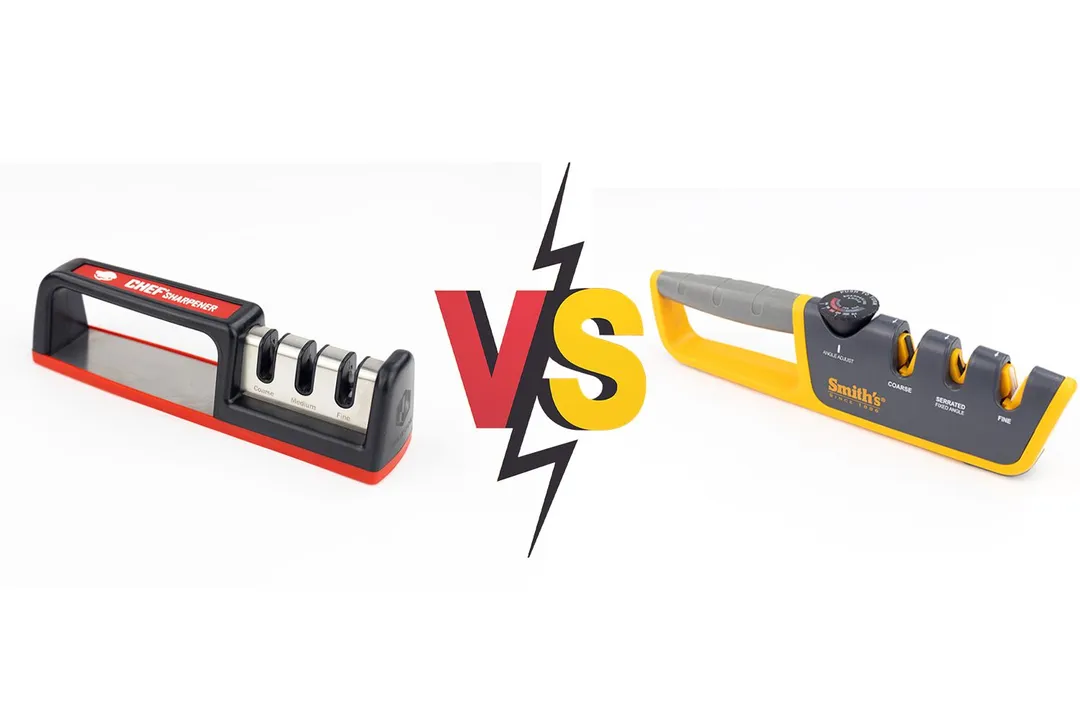Our recommendations are made independently through Research & Testing. We may receive commissions from purchases made via our links.
Chef's Choice 4643 vs Smith's 50264 Sharpener Side-by-Side Comparison
The Chef’s Choice 4643 can’t quite keep up with the Smith’s 50264 in sharpness, but as far as stability is concerned, it’s the superior choice.
Chef's Choice 4643
Tested Using Methodology v1.1Smith's Adjustable
Tested Using Methodology v1.1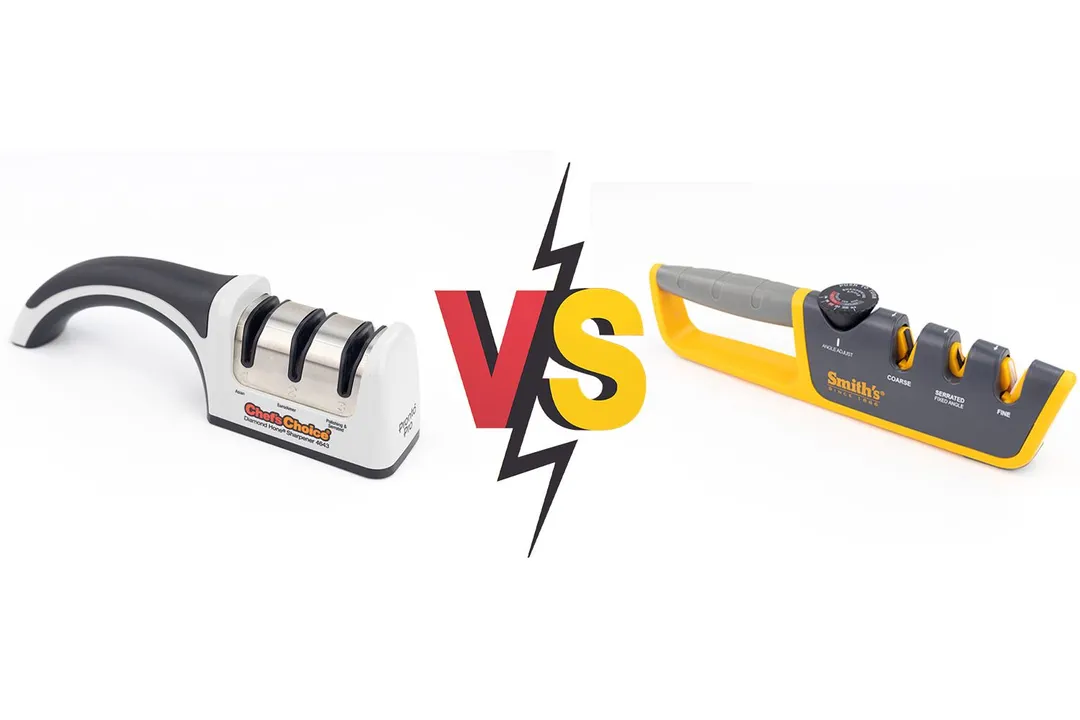
Overall Verdict
Both the Chef's Choice 4643 and the Smith's 50264 sharpener are decent devices, so the choice boils down to your priority: If sharpness is more important, the Smith’s wins by a landslide. If you want something more stable and reliable, the Chef’s Choice is the one to go for.
The Smith’s sharpens much faster and more effectively — it doesn’t take more than a few swipes before your knife becomes highly serviceable. It also offers more choices of grind angle, and thus, covers more types of knives. The problem with it is instability both in the sharpening slots and the device as a whole, which results in damages on the edge and potential mishaps.
The Chef’s Choice doesn’t necessarily create a better edge, but it surely is more reliable in terms of safety. Its wide base, low working section, and substantial grip make it extremely stable and easy to work with. Sharpness isn’t one of its strongest points, but it’s still above average in that respect.
Pros & Cons
- Works with 20° and 15° edges
- Compatible with serrated blades
- Grippy handle
- Neat, ergonomic overall design
- Angle-adjustable sharpening
- Sharpening slot for serrated blades included
- Wide slot inserts
- Replaceable abrasives (sold separately)
- Expensive price
- Awkward slot layout
- Shears off a considerable amount of metal
- Awkward slot structure
- Long, narrow base
Key Specs
Where to Buy
*You help support HealthyKitchen101's product testing and reviews by purchasing from our retail partners.
Analysis and Test Results
Performance
Sharpening Time to Cut a Lemon
Material Retention
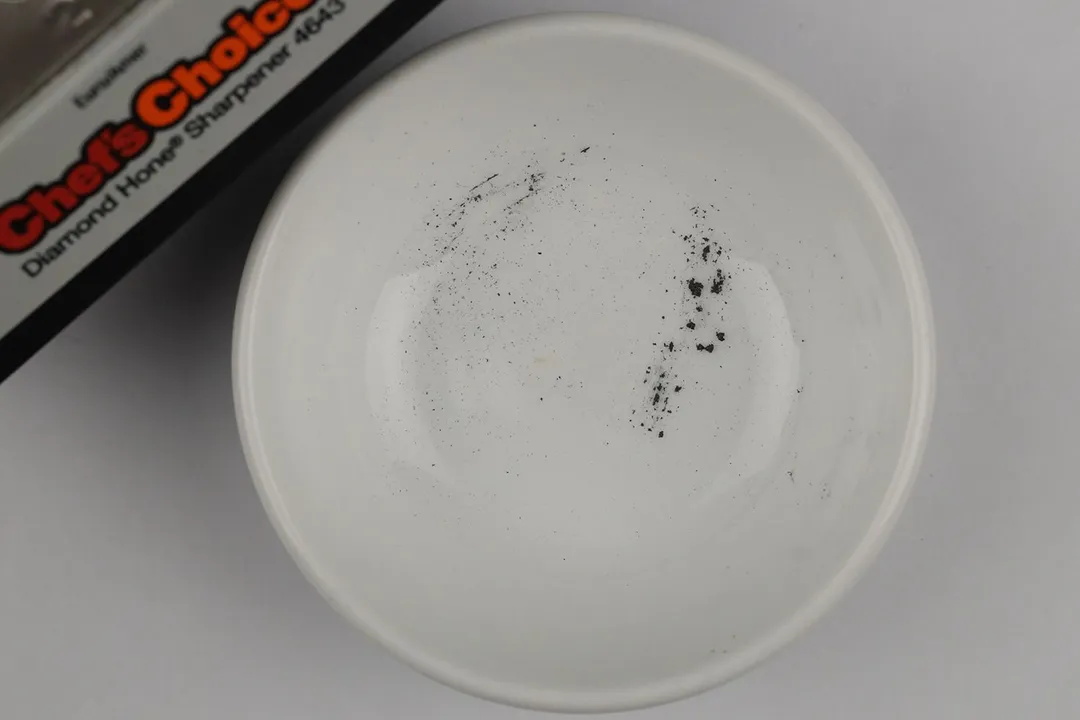
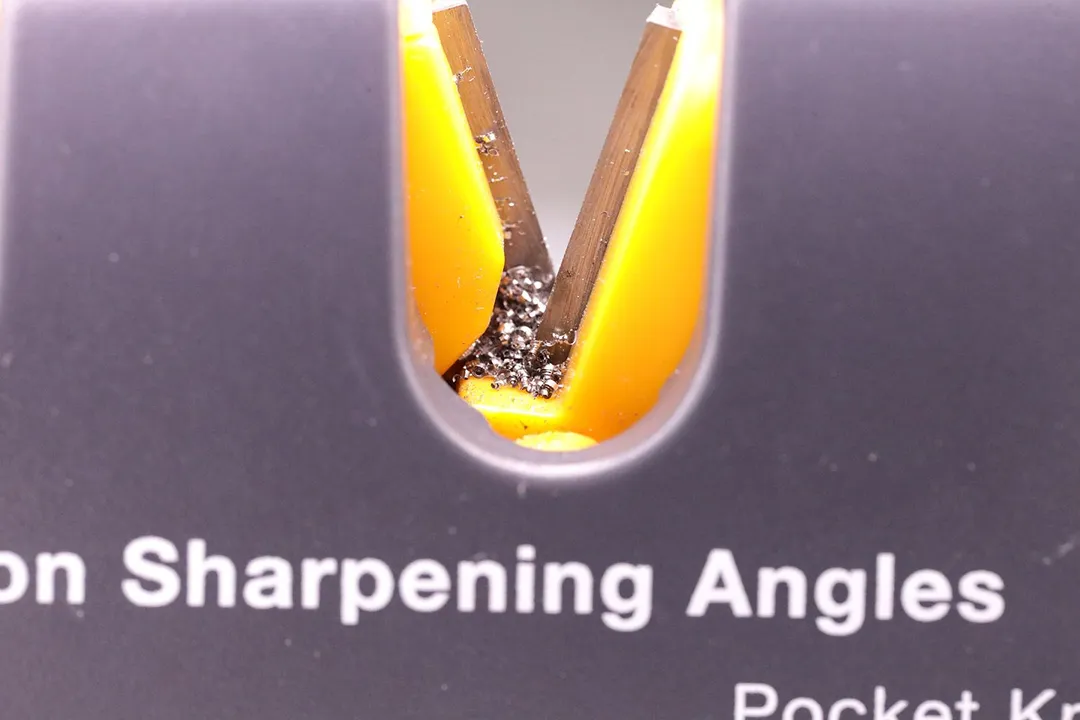

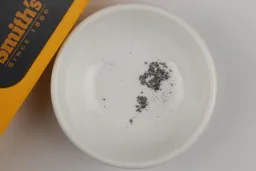
Maximum Sharpness Achieved
Edge Smoothness
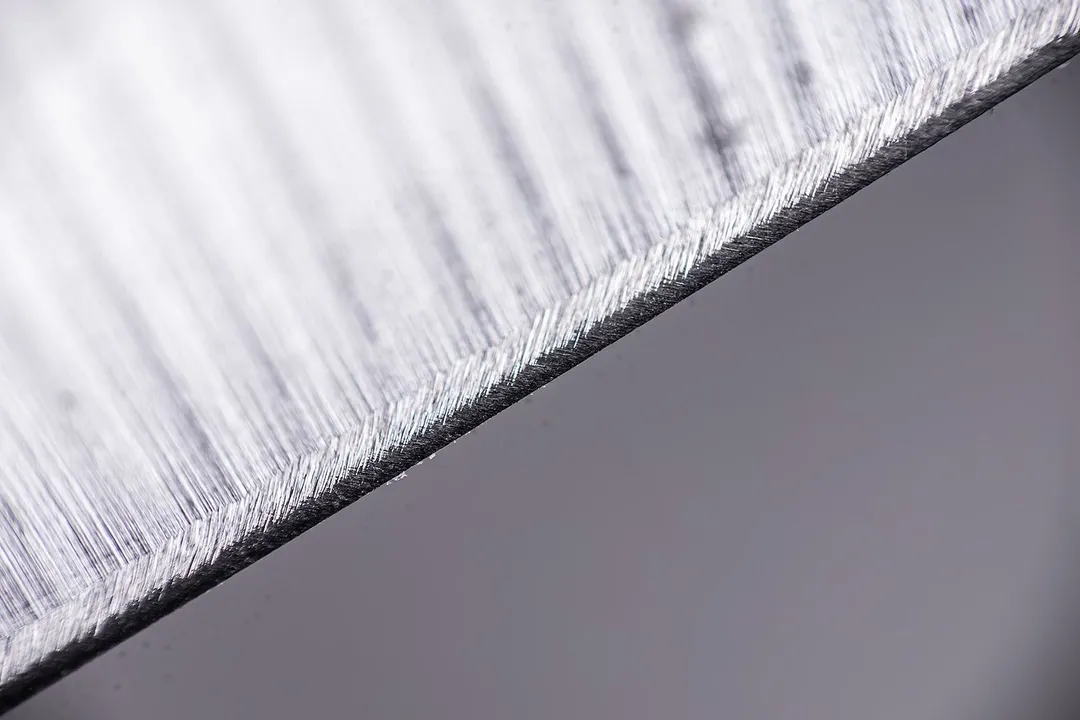

Design
In the Box
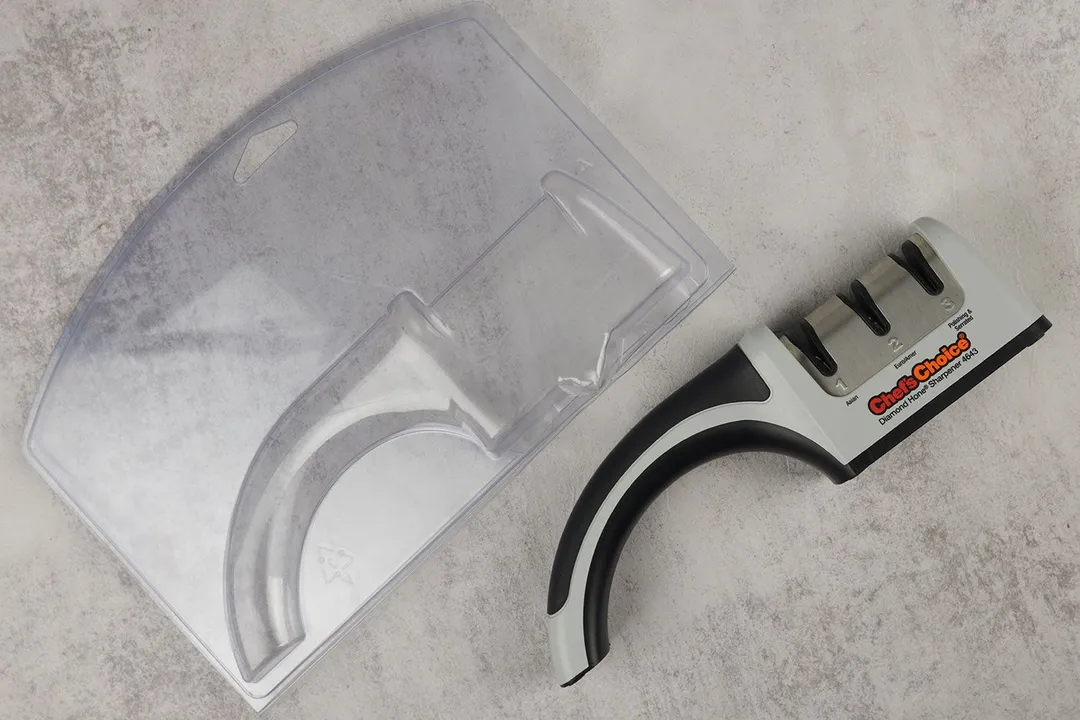
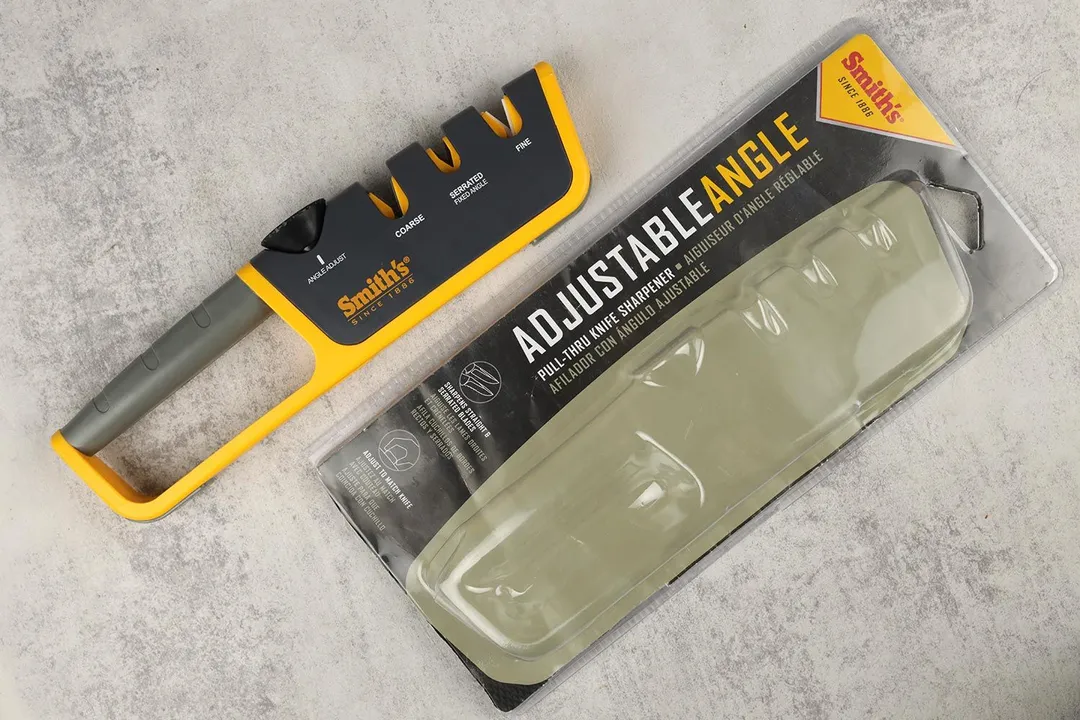
Dimensions
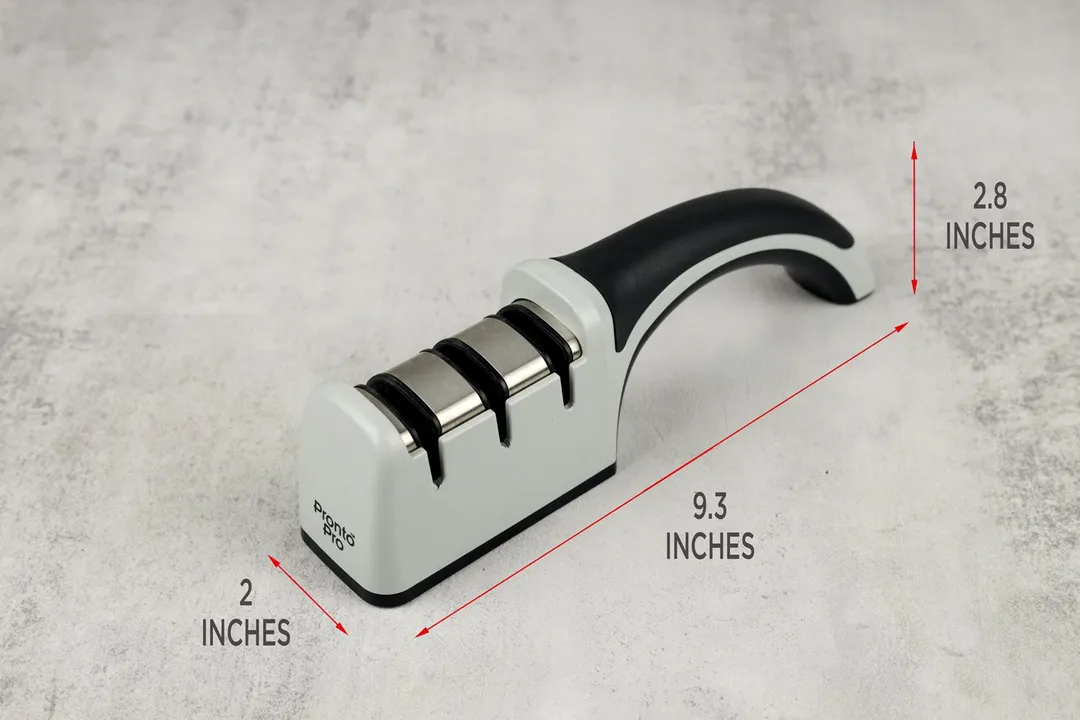
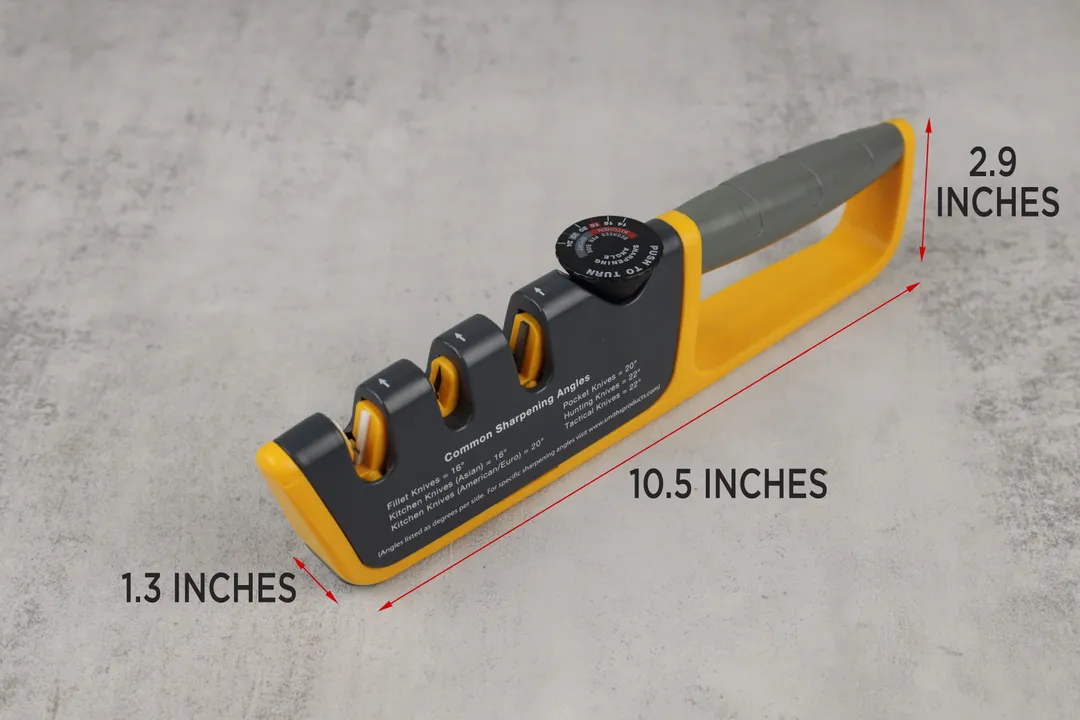
Build Quality
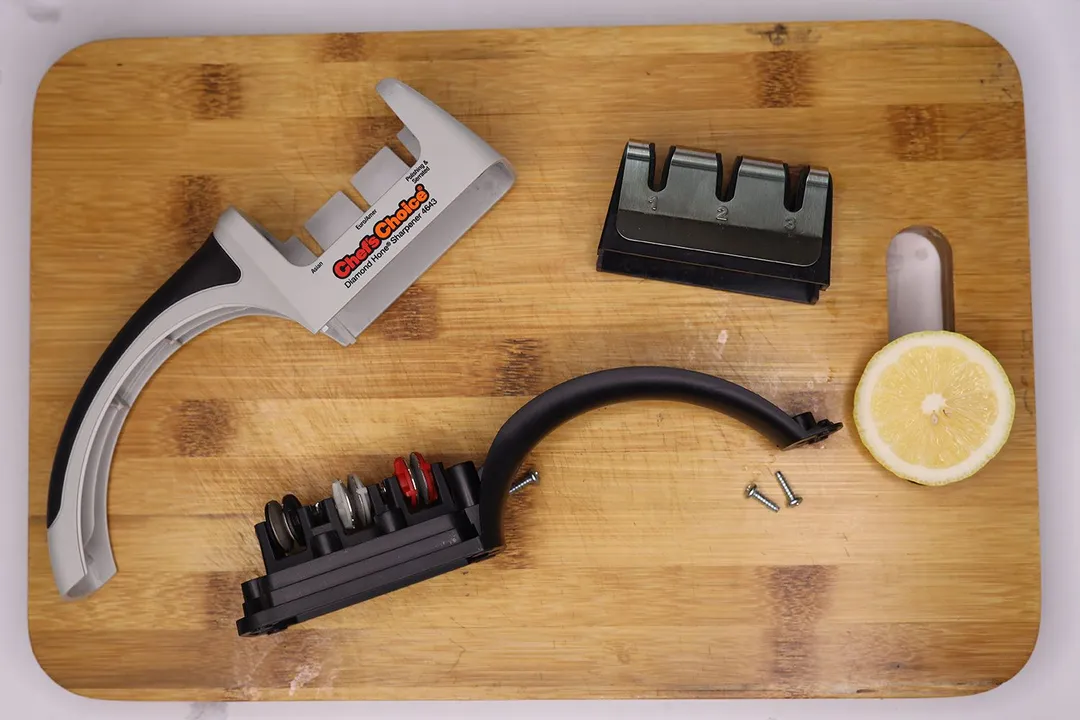
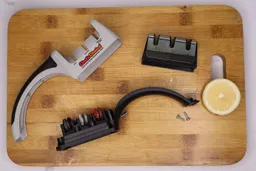
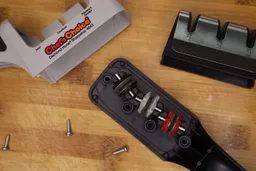
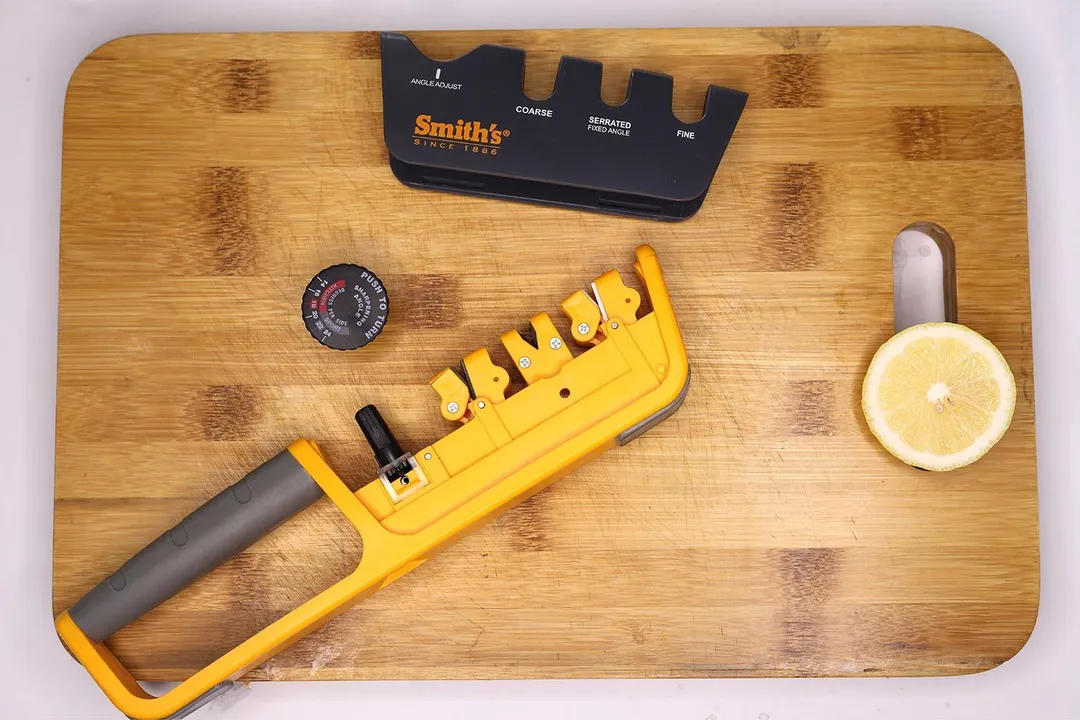
Working Section
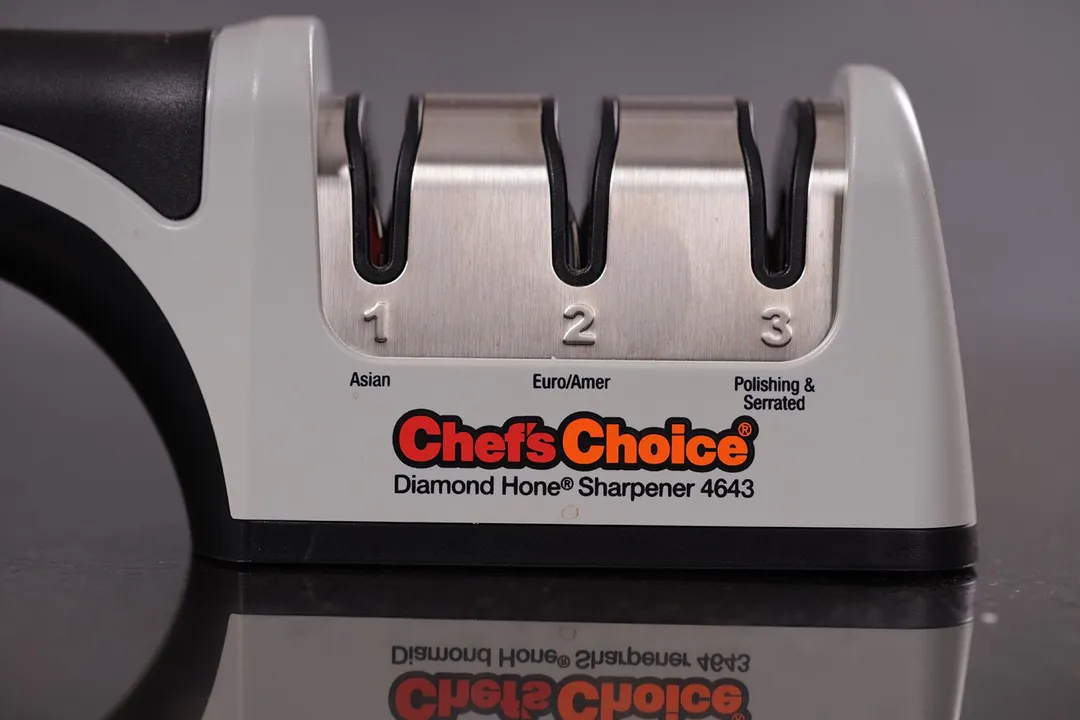
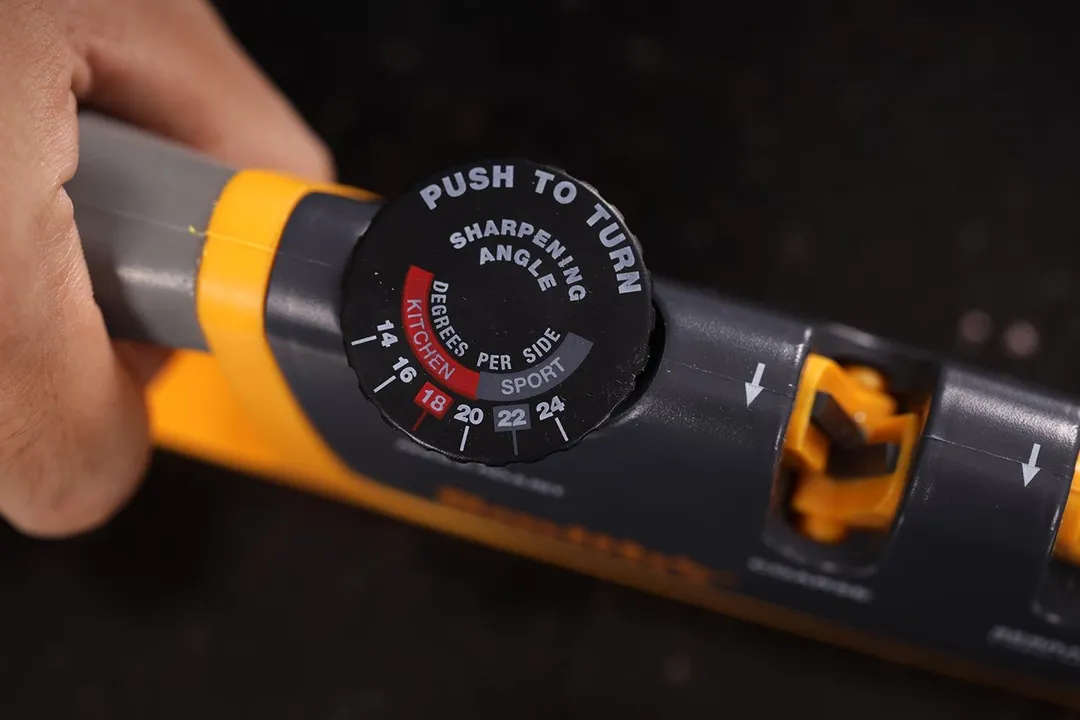
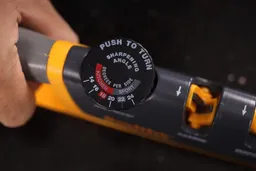

Base

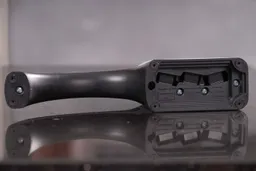
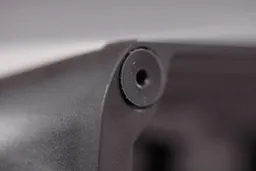
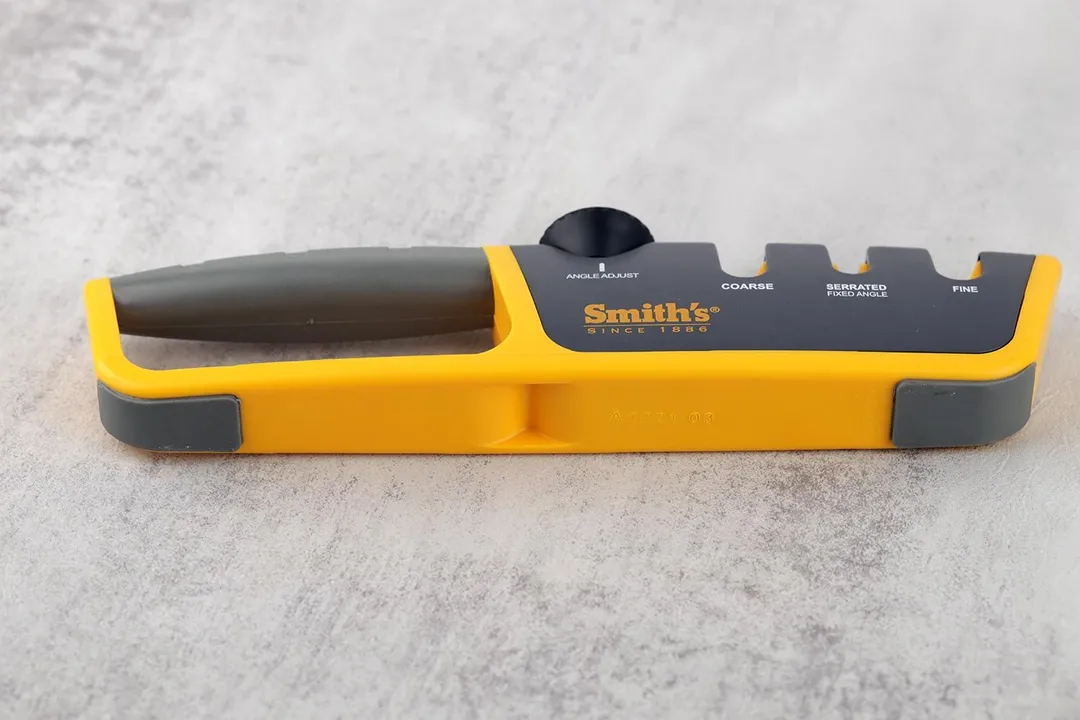
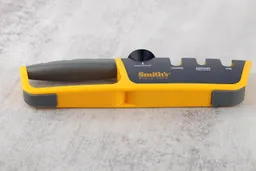
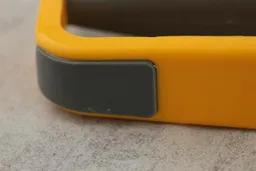
Grip

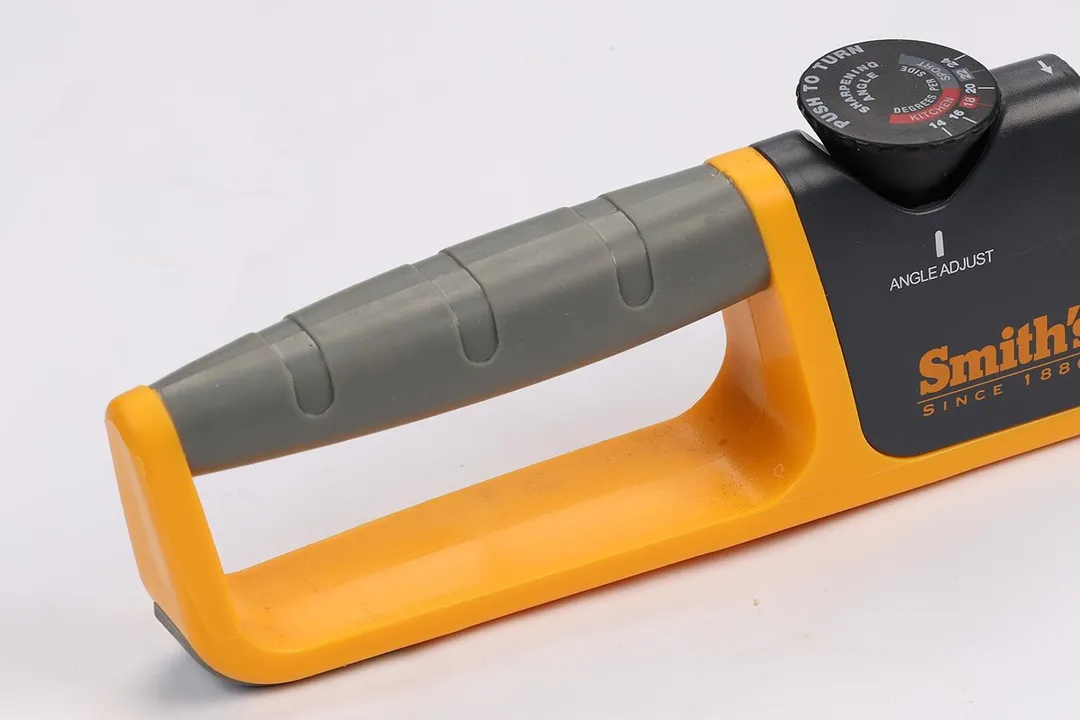
Usability
Slot Arrangement
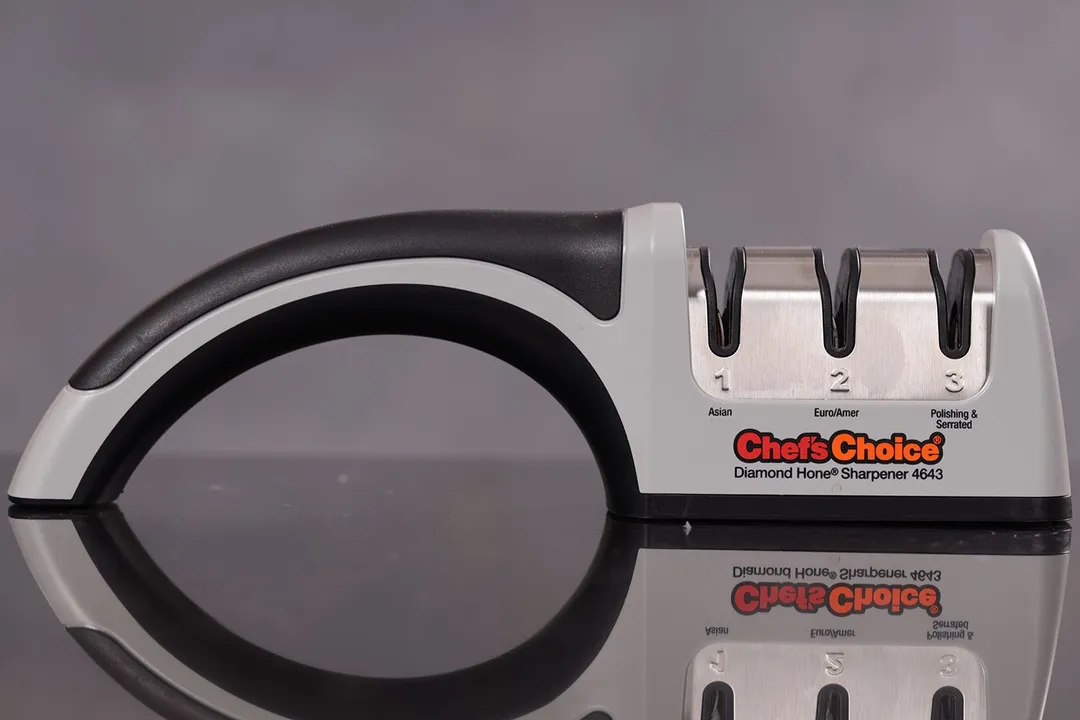
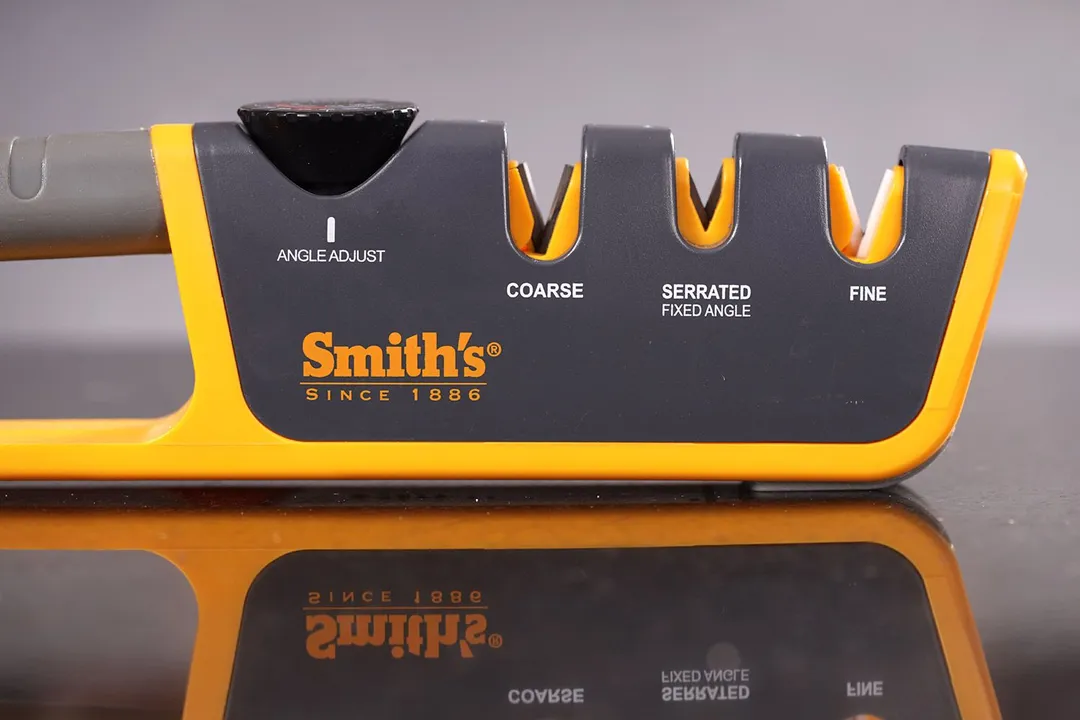
Insertion

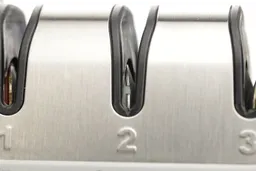
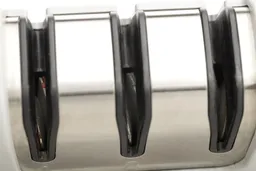
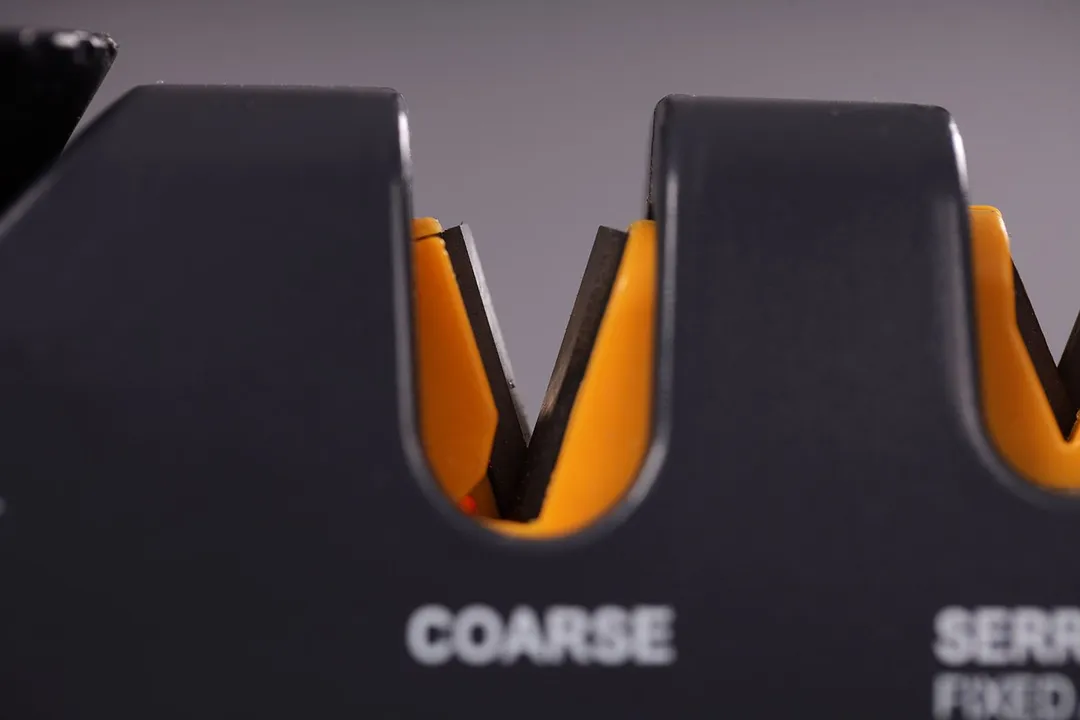
Pulling Through
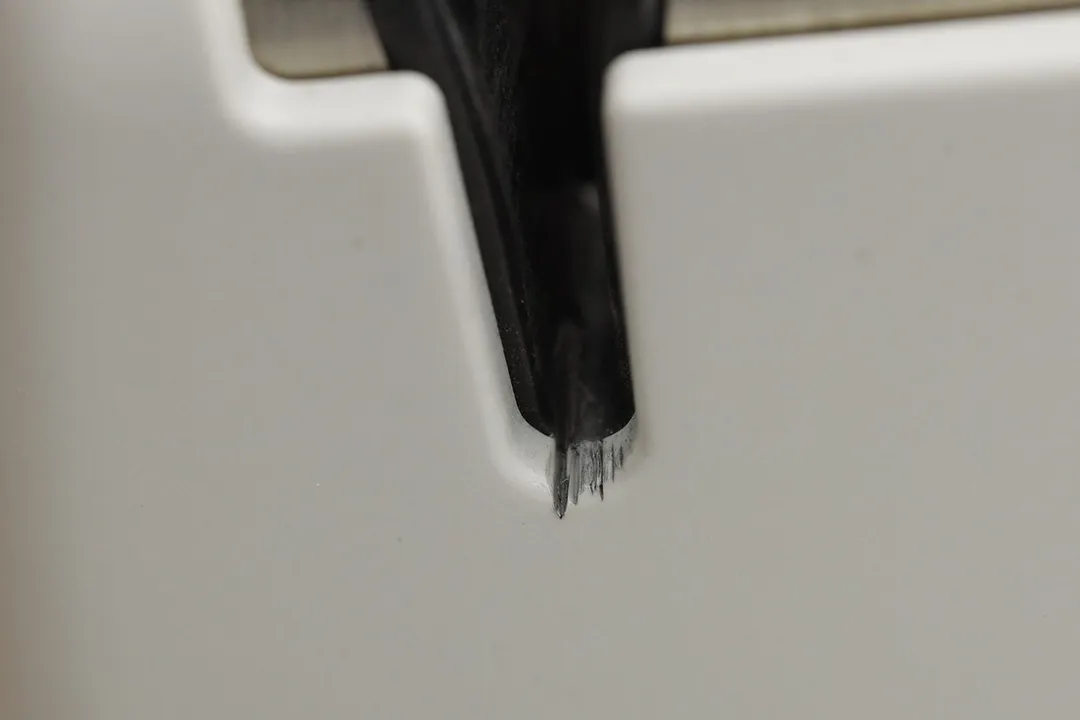

Stability on a Clean Surface
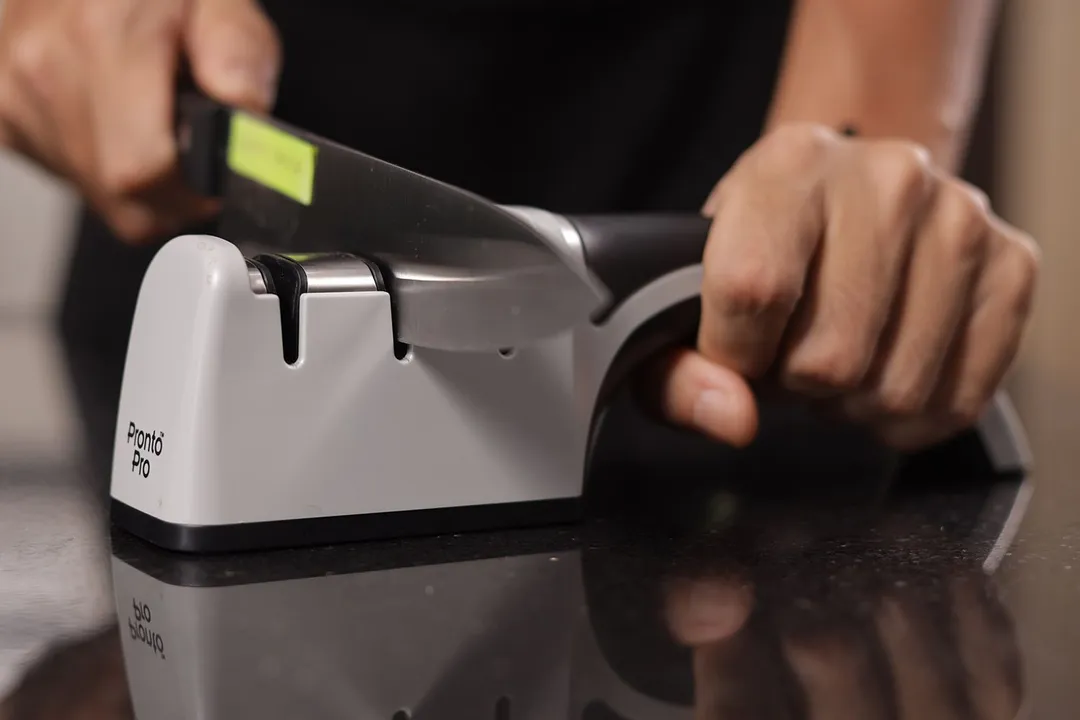
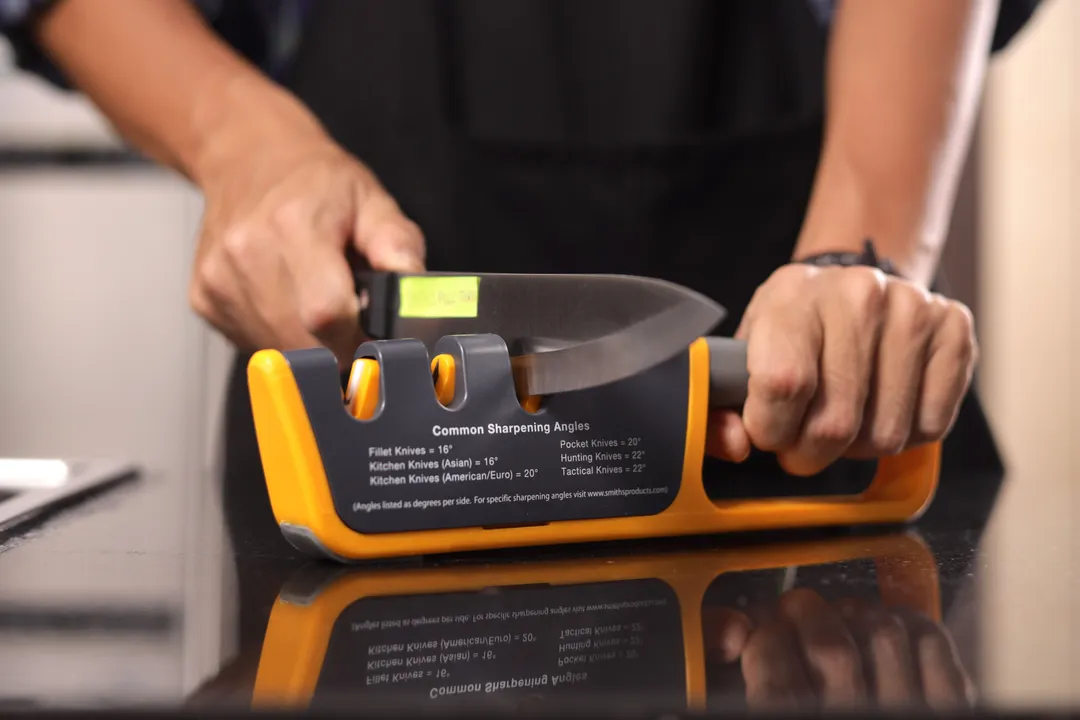
Stability on a Wet and Dirty Surface
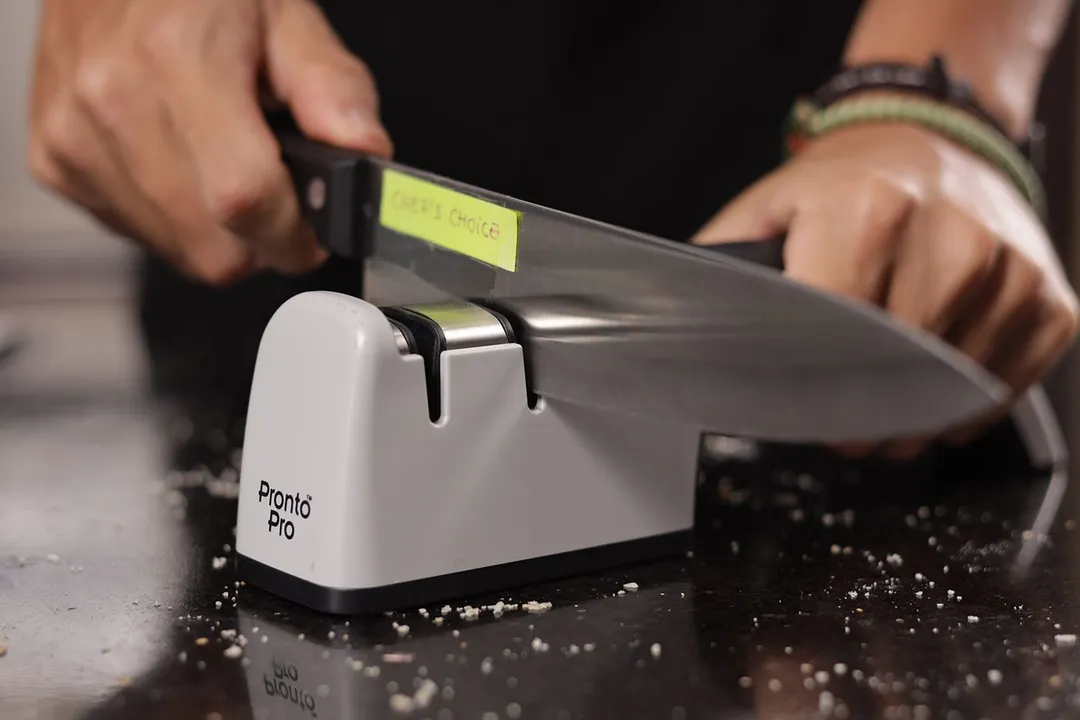
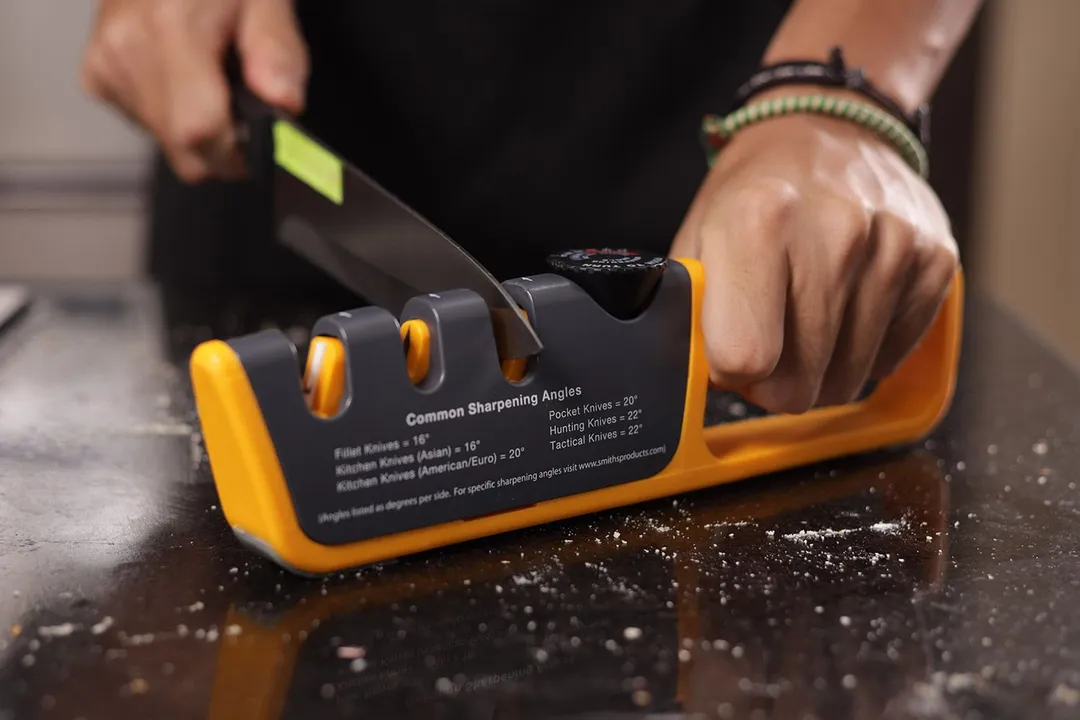
Behind the Comparison
Anh Ngo is a writer with 9 years experience at different media outlets, covering from public news and events to product testing and analysis. At HealthyKitchen101, she works across different departments, communicating closely with its network of writers, editors, and health, tech, and search engine experts to provide a meaningful and pleasant reading experience for visitors.
Lap is Head of the Research, Testing, and Review Team (RTR Team) at HealthyKitchen101.com, where he directs and supervises the testing of kitchen gadgets and appliances.
Nguyen Ntk is a graphic designer, photographer, and videographer whose philosophy centers around respecting and celebrating the beauty of reality. Through his lenses, Nguyen strives to capture the true essence of objects and events, showcasing and highlighting authentic features without distortion or exaggeration.



